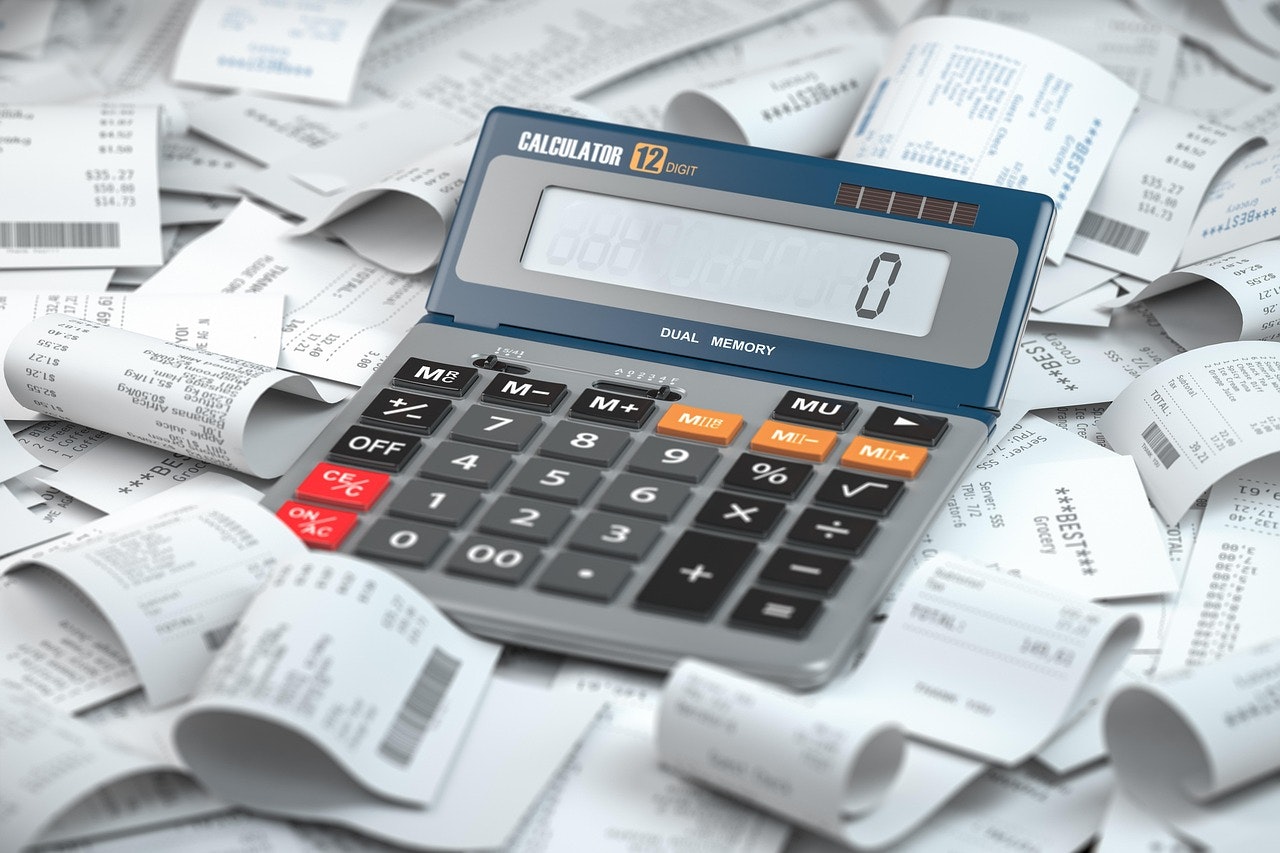In Part 1, we talked about why credit card debt is so common and why it’s not a personal failure. Today, we’re getting into the part that’s both exciting and mildly terrifying: actually doing something about it.
Think of debt like quicksand — the longer you stand still, the deeper you sink. The good news? You can climb out. The bad news? You’re going to have to stop thrashing around in the same way you always have. Nothing will change if you don’t change.
Step One: Pause the Plastic (or Platinum)
Let’s be real here, paying only the minimum is like trying to bail water out of a sinking boat with a shot glass. It keeps you afloat, kind of, but you’re not going anywhere.
The first step is to stop adding to your balance. Yes, that means freezing your spending on the card. Literally, if you have to. (There’s a whole genre of TikToks where people put their credit cards in a bowl of water and stick them in the freezer. It’s dramatic, but it works. Shout out Confessions of a Shopaholic)
A few ways to make this easier:
- Delete your card info from Amazon, DoorDash, Uber, Starbucks, or anywhere you tend to overspend.
- Switch to debit or cash for everyday purchases. Seeing your checking account balance being depleted in real time is a powerful deterrent.
- Track every single expense for 30 days. Yes, it will probably make you uncomfortable. But don’t let your emotions keep you from tracking if they don’t keep you from spending.
And here’s a move most people skip: call your credit card company and ask for a lower interest rate. Yes, really. It takes five minutes, and the worst they can say is no. Script it like:
“I’ve been a loyal customer for X years, but my interest rate is high. I’m committed to paying this off, and I’d like to know if you can lower my APR to help me do that.”
Step Two: Pick Your Payoff Plan
There are two main ways to attack your debt:
- Debt Avalanche: Pay off the card with the highest interest rate first while making minimums on the rest. Saves you the most money in the long run.
- Debt Snowball: Pay off the smallest balance first, then roll that payment into the next. Gives you a quick win for motivation.
Here’s the truth, the best plan is the one you’ll actually stick with. Debt payoff is a psychological game as much as a financial one. If you need early wins to stay in the fight, go Snowball. If you’re disciplined and numbers-driven, Avalanche might be your jam.
Step Three: Leverage Tools, Carefully
Balance transfer cards and consolidation loans can be game changers… or giant traps.
Balance transfer cards: If you can get a 0% intro APR, great! It buys you time. But read the fine print. The promo period ends (usually 12–18 months), and when it does, the interest rate often skyrockets. If you’re not disciplined, you can end up in more debt than you started with.
Consolidation loans: These can lower your interest rate and simplify payments. But if you keep using your credit cards after consolidating, congratulations — you now have two debts instead of one.
Bottom line: These tools are only helpful if you’ve already committed to changing your spending habits. Otherwise, you’re just rearranging deck chairs on the Titanic. A finance YouTuber I like recommends taking 6 months to pay off debt and prove to yourself that your behavior has changed before taking advantage of these tools. That’s sound advice, consider taking it!
Step Four: Make It Stick
This is where most people stumble because changing your habits is harder than creating a spreadsheet. If you don’t change the way you spend, you’ll end up right back where you started.
A few ways to make the change last:
- Automate your payments so you’re not tempted to “skip just this month.”
- Budget with debt as a top priority — try the 50/30/20 rule but funnel part of your “wants” into extra payments.
- Celebrate progress — treat yourself when you hit milestones (just… not with a shopping spree). Pour yourself a glass of your preferred beverage and literally cheers to your successes, even if it’s alone.
The first few months will feel uncomfortable because you’re breaking spending patterns you’ve had for years. That discomfort? It’s proof you’re doing the hard, necessary work.
Final Words Before Part 3
Paying off debt isn’t a sprint. It’s more like running a marathon with a backpack full of bricks. It’s heavy at first, but every payment removes a brick.
In Part 3, we’ll talk about what happens after you’ve paid off your cards — how to build credit without debt, start saving, and finally get your money working for you instead of against you.
Until then, remember: if nothing changes, nothing changes.
Do it, seriously,
Chandler

